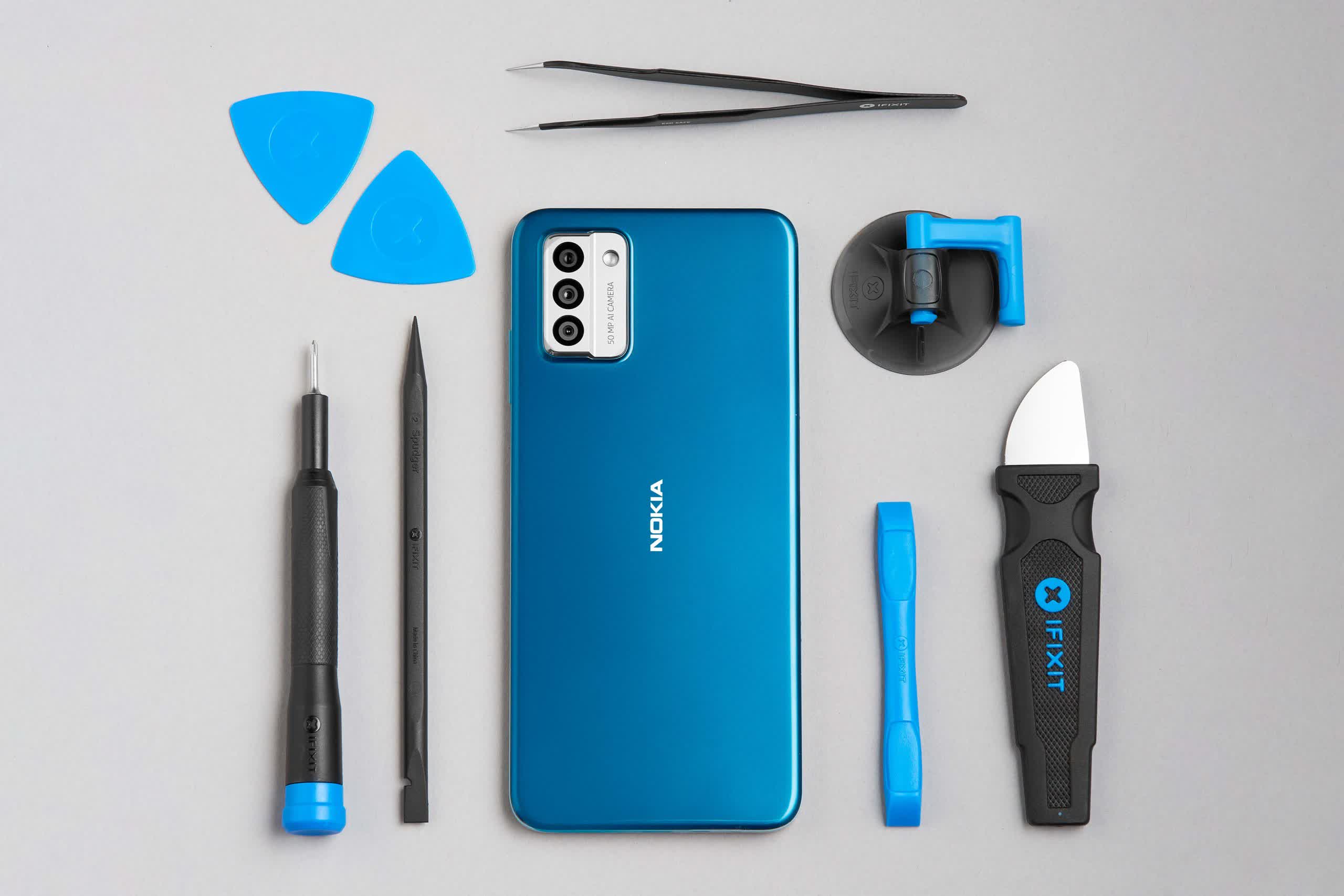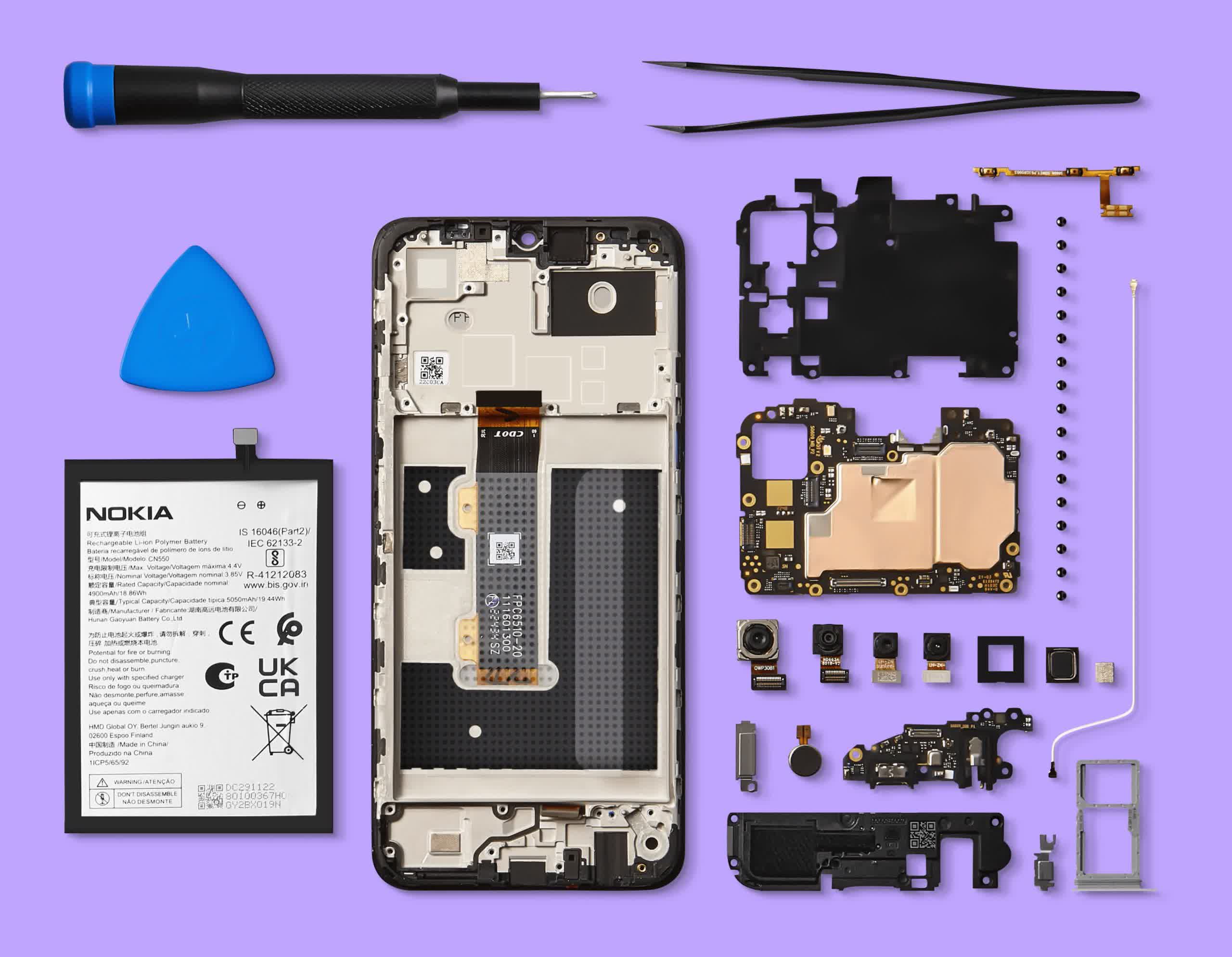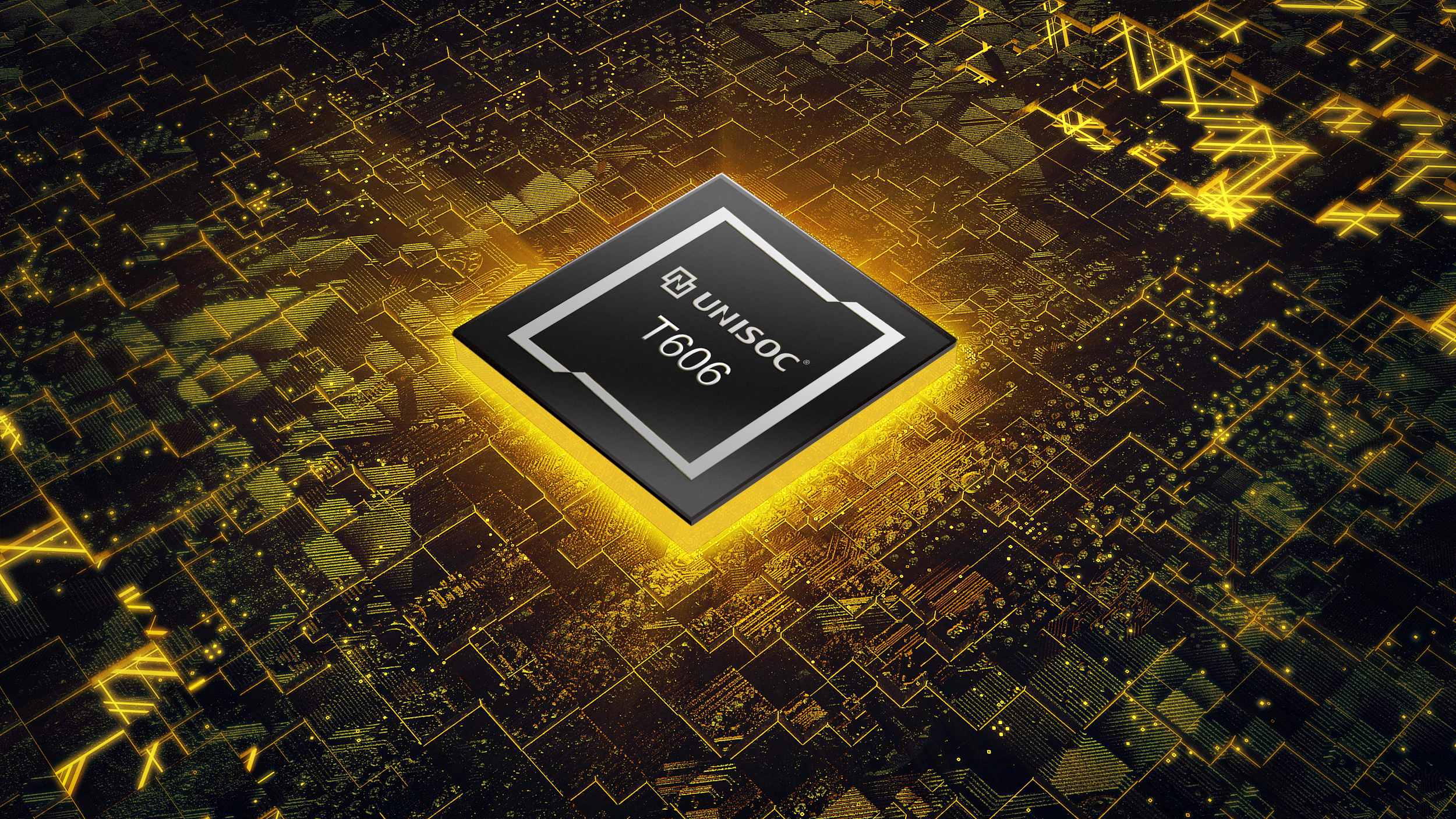What just happened? Nokia has announced today a new initiative and a new phone to go along with it: the Nokia G22 with QuickFix repairability. It's the first of a new line of phones designed from its conception to be repairable and have a long life.

Made with a recycled plastic shell and designed to be repaired by its owners at their desks, the Nokia G22 proclaims to be the most environmentally-friendly phone from a household name yet. It will launch in two weeks on March 8 in the UK, most of Europe, and some other non-US markets. It's set to cost £149.99 / €179 or about the equivalent of $185 USD, tax inclusive.
Nokia has partnered with iFixit to produce repair guides and sell the tools and parts required to swap out the battery, charging port, and screen. Nokia promises to keep those parts stocked for the next five years. It also says that performing a repair in accordance with a guide and with official parts counts as an authorized repair, so it won't void the warranty.
Adam Ferguson, the head of product at HMD (the Finnish company that owns the rights to the Nokia brand) was willing to put his money where his mouth was in front of a live audience of journalists last week.
He pulled apart and swapped the battery out of a G22 in under five minutes during his presentation, remarking that it would've taken an hour and a half to do the same to a previous-gen phone. When asked, he said that it would take about 20 minutes to replace the screen.

It's easy for companies to make spare parts available, but hard for them to make their phones user-repairable. It requires design concessions and sacrificing the profit margins in licensed repairs.
Said screen is a 6.52" 720p LCD with a 90 Hz refresh rate that costs £44.99 ($54 USD) to replace. A new battery costs £22.99 ($27 USD) and a new USB-C port assembly costs £18.99 ($23 USD) and all the tools required should cost about £5.
The battery has 5,050 mAh of capacity -- three days' worth of battery life according to Nokia -- and can be charged with 20 W fast charging via the aforementioned port.
Under the hood is a Unisoc T606 SoC with two A75 cores and six A55 cores, 4 GB of RAM, and the choice between 64 GB or 128 GB of storage. Around the back is a 50 MP camera flanked by a 2 MP macro lens and a 2 MP depth sensor, and adorning the teardrop notch on the front is an 8 MP selfie cam. There's also an audio jack. Unfortunately, the Nokia G22 hasn't been updated with Android 13 yet and is still on version 12.
Nokia also announced a pair of budget phones of regular repairability; the C32, which is very similar to the G22; and the C22, which is even more budget-friendly. Nokia also commented on its ongoing plans to start manufacturing a portion of its devices in Europe: it hasn't got an assembly line running yet but it hopes to start making 5G phones there this year.
https://www.techspot.com/news/97732-nokia-you-can-replace-screen-new-phone-20.html

